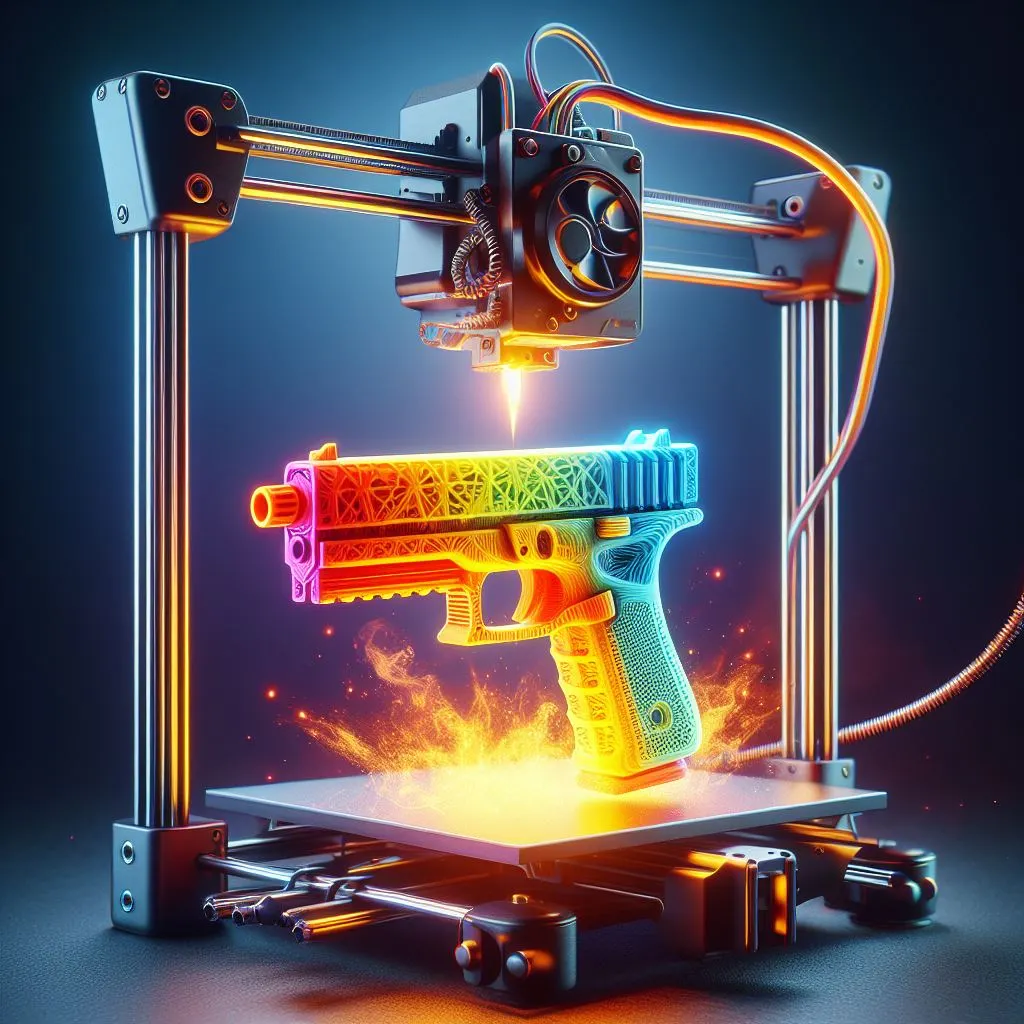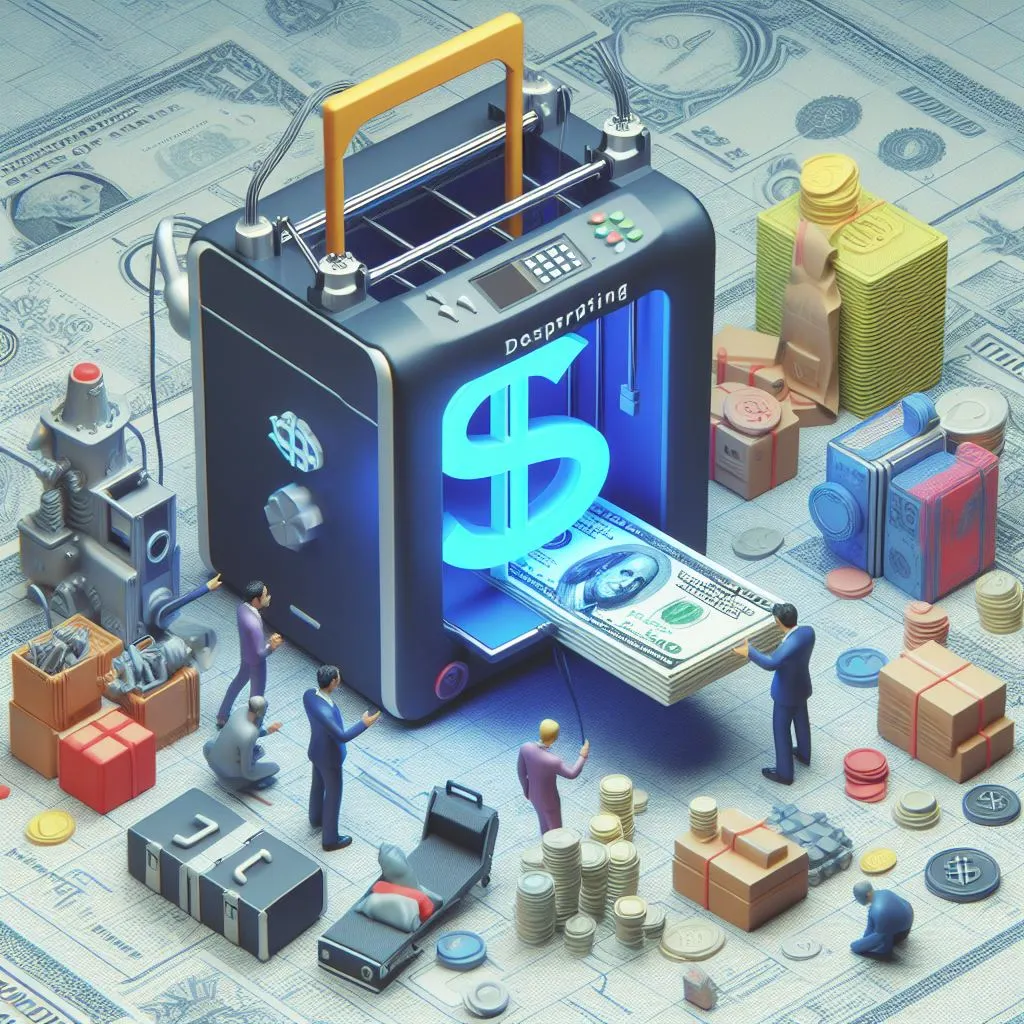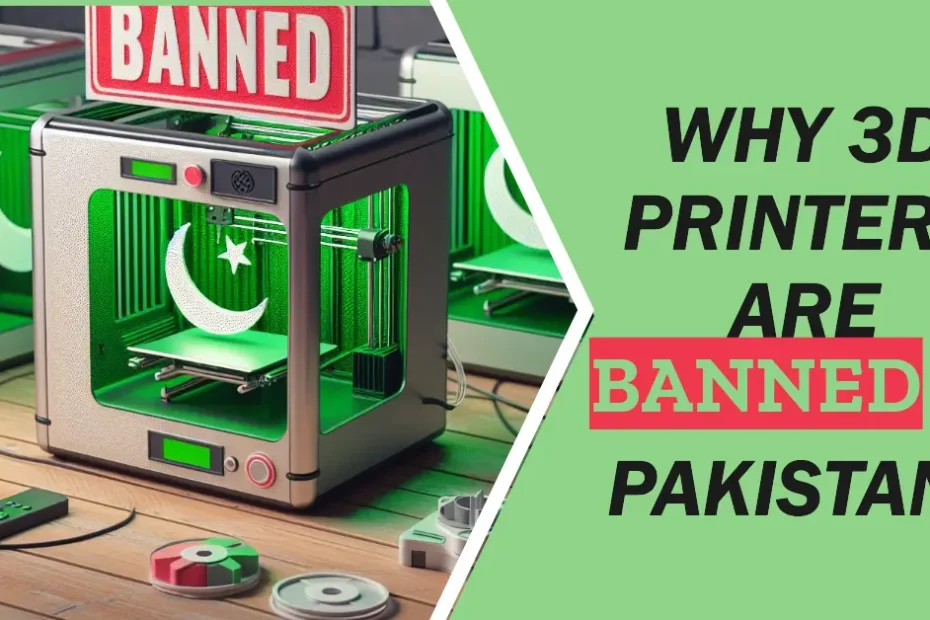3D printing is a cool technology that is changing things worldwide, letting people make amazing stuff. But in Pakistan, the government put some limits on it. Let’s find out why 3D printers are banned in Pakistan and what it means for people there.
Table of Contents
Rules and Worries
The main reason for restricting 3D printers in Pakistan is that the government worries about people using them incorrectly. They’re concerned about making weapons, fake stuff, and other illegal things. So, they made strict rules about bringing in, selling, and using 3D printers.
Safety Concerns
Safety is another big reason for the restrictions. 3D printers can make dangerous things like weapons and explosives. The government fears that if everyone can get their hands on 3D printers, it might not be safe for the public and the country. So, they decided not to let people use them freely.

Impact on Ideas
The ban on 3D printers is affecting creativity and progress in Pakistan. Many smart people can’t explore and use 3D printing to create new things, improve healthcare, and make the country better. This rule is stopping Pakistan from competing with other countries in the world.
Revenue Loss because of ban on 3D Printers in Pakistan
Stopping 3D printers also means missing out on money. Pakistan could make much money by using 3D printing to improve things. But because of the ban, they can’t improve manufacturing, create new jobs, and get foreign investment in 3D printing.

What’s Legal and Right
Apart from rules and safety, there are questions about what’s legal and right regarding 3D printing in Pakistan. The government is working on making good laws that cover things like who owns the ideas, how safe the products are, and how they affect the environment. Until they figure all this out, the ban will stay.
Hopes for Change
Even though the ban is still there, some people say we can change things. If the government makes strict rules, watches over things, and teaches people about 3D printing, it could be safe and useful. This way, Pakistan can enjoy the good parts of 3D printing without the bad stuff.
Learning from Others
What other countries might help Pakistan? The United States, United Kingdom, and Germany don’t ban 3D printing, but they have good rules to make sure people use it safely. Pakistan can learn from them and find a way to make everyone happy.
Conclusion
Stopping 3D printers in Pakistan is because of many reasons like rules, safety, money, and what’s right. While it’s important to be careful, some people believe we can find a way to use 3D printing responsibly. Pakistan can learn from other countries and make its path, allowing new tech and helping the country grow.
If you are willing to buy 3D Printers or accessories in Pakistan then do visit our store 3DISM.
FAQs about ban on 3D Printers
Why are 3D printers banned in Pakistan?
The government in Pakistan is worried about the misuse of 3D printing technology for creating weapons, fake goods, and illegal items. They have imposed restrictions to address these concerns.
How does the ban on 3D printers impact innovation?
The ban has a significant impact on innovation in Pakistan. Entrepreneurs and creative individuals are unable to explore and utilize the potential of 3D printing for developing new products, improving healthcare, and contributing to economic growth.
What security risks are associated with 3D printers?
3D printers can be used to produce firearms, explosives, and other dangerous objects, raising concerns about public safety and national security. The government fears that unregulated access to 3D printers could pose a threat.
What economic implications arise from the ban on 3D printers?
The ban has resulted in missed economic opportunities for Pakistan. By restricting access to 3D printing, the country limits its ability to enhance manufacturing capabilities, create jobs, and attract foreign investment in the growing 3D printing industry.
Are there legal and ethical considerations behind the ban?
Yes, legal and ethical issues play a role in the ban. The government is working to create comprehensive laws that address concerns such as intellectual property rights, product safety standards, and environmental sustainability related to 3D printing.
Is there a possibility of reforms regarding 3D printer access in Pakistan?
While the ban is in place, there is a growing call for reforms. Advocates suggest that with strict licensing requirements, monitoring mechanisms, and education initiatives, controlled access to 3D printing technology could be allowed, mitigating associated risks.
How do other countries handle 3D printing regulations?
Countries like the United States, United Kingdom, and Germany regulate rather than outright ban 3D printing. They have established frameworks that balance promoting innovation with regulating the technology, providing valuable lessons for Pakistan in navigating its regulatory landscape.
